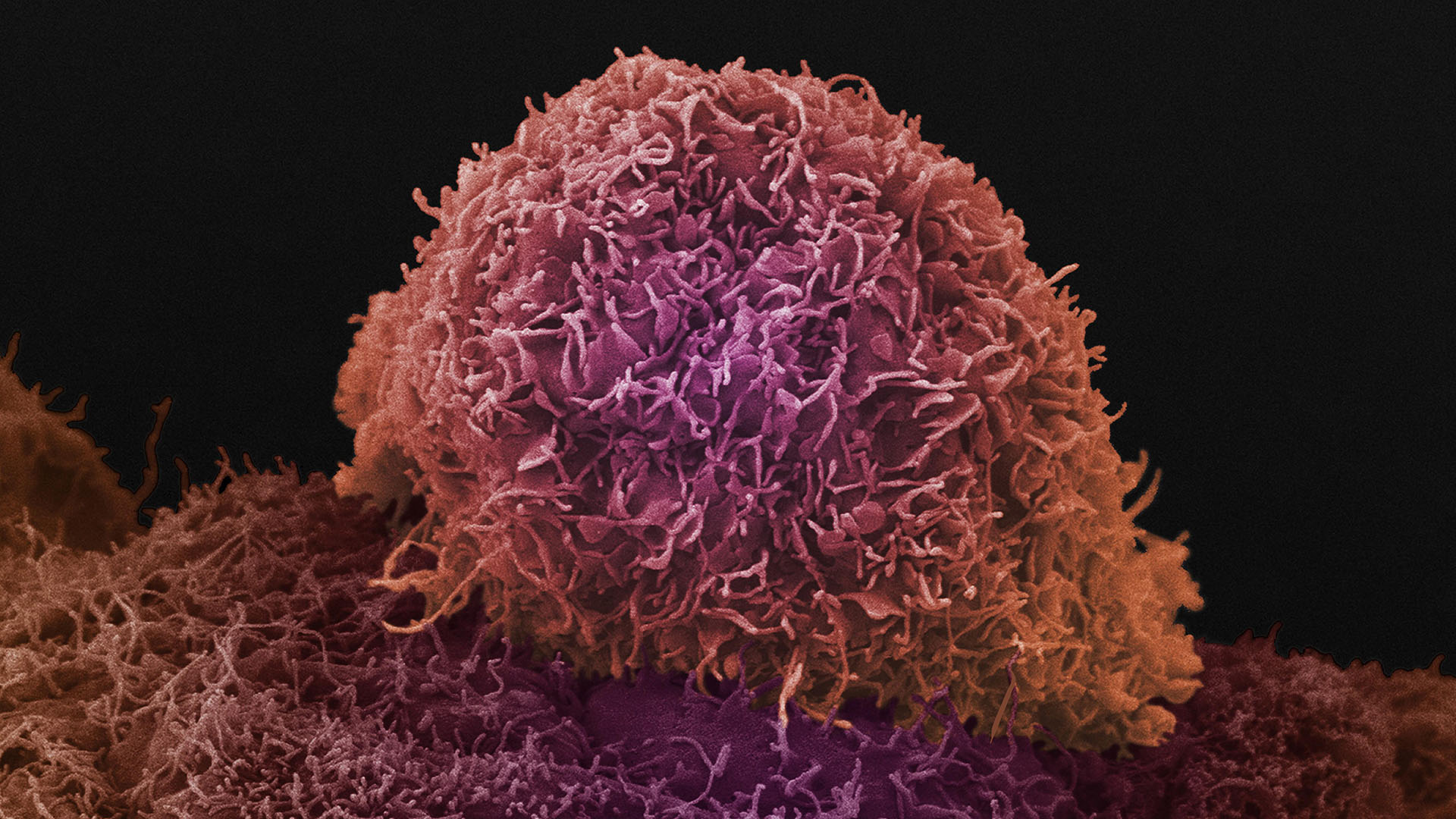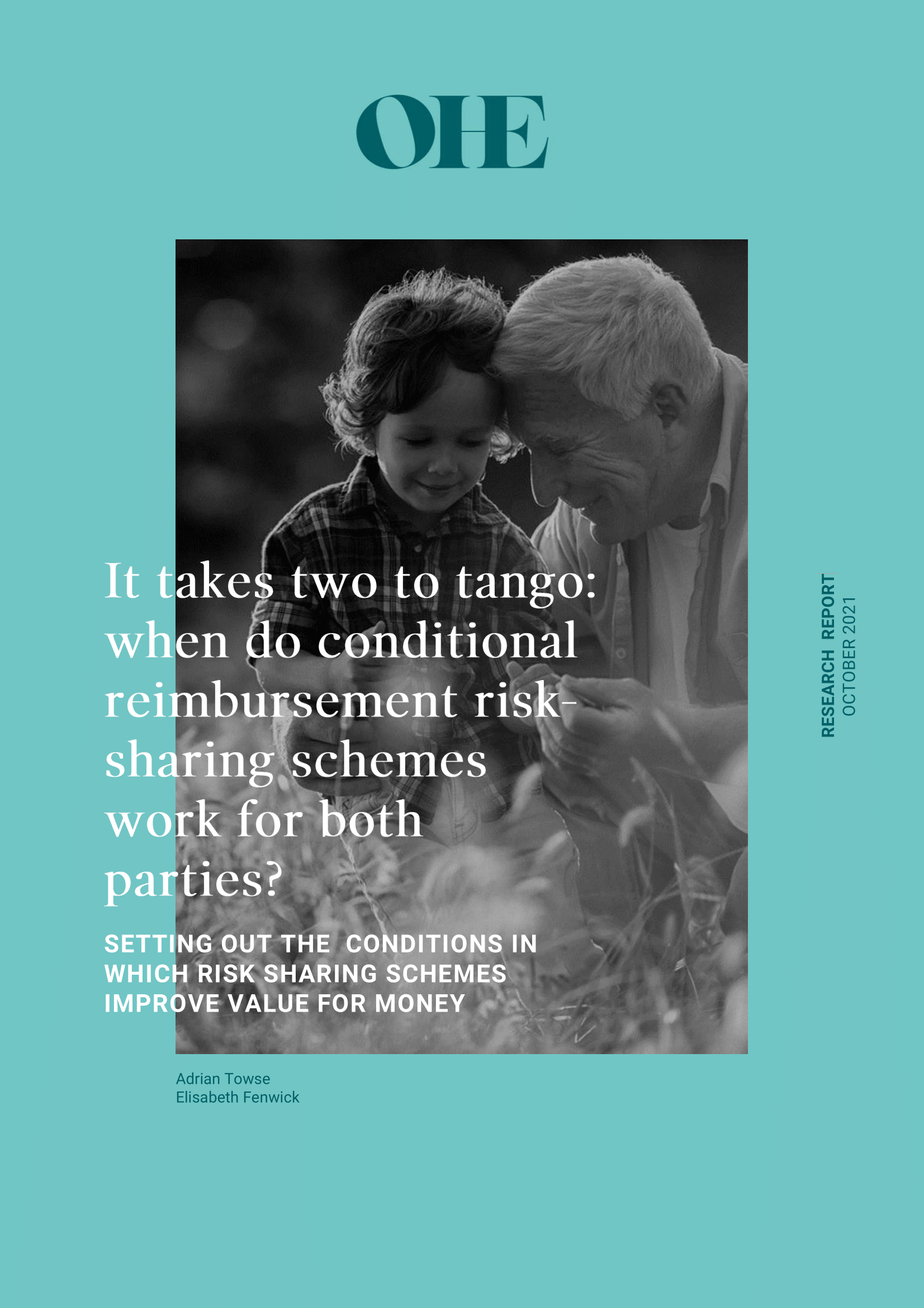Sign up to our newsletter Subscribe
Limitations of CBO’s Simulation Model of New Drug Development as a Tool for Policymakers

Sign up to our newsletter Subscribe




The US spends significantly more on healthcare per person than other wealthy countries. H.R. 3 is a recent policy proposal aimed at reducing national spending on prescription drugs, one component of overall healthcare spending. Drug manufacturers would be required to negotiate prices with the US government, and prices would be capped at a level based on the prices of the drug in a set of foreign countries. Evaluation of a policy with such large potential impact on pharmaceutical revenues must consider potential negative effects on incentives to innovate. However, the relationship between prices (and revenues) and new drug approvals is uncertain, and there are significant limitations with the existing policy analysis.
This short executive summary report summarises the methods and main insights from a study into the likely impacts of H.R. 3 on outcomes related to (bio)pharmaceutical innovation. The study consisted of two workstreams: 1) a set of interviews with key decision-makers in the pharmaceutical, biotechnology and healthcare investment industries, and 2) an expert elicitation exercise with academic and industry-oriented economists. After summarising the methods separately, the document concludes with the main insights across the two workstreams
An error has occurred, please try again later.
This website uses cookies so that we can provide you with the best user experience possible. Cookie information is stored in your browser and performs functions such as recognising you when you return to our website and helping our team to understand which sections of the website you find most interesting and useful.
Strictly Necessary Cookie should be enabled at all times so that we can save your preferences for cookie settings.
If you disable this cookie, we will not be able to save your preferences. This means that every time you visit this website you will need to enable or disable cookies again.
This website uses Google Analytics to collect anonymous information such as the number of visitors to the site, and the most popular pages.
Keeping this cookie enabled helps us to improve our website.
Please enable Strictly Necessary Cookies first so that we can save your preferences!